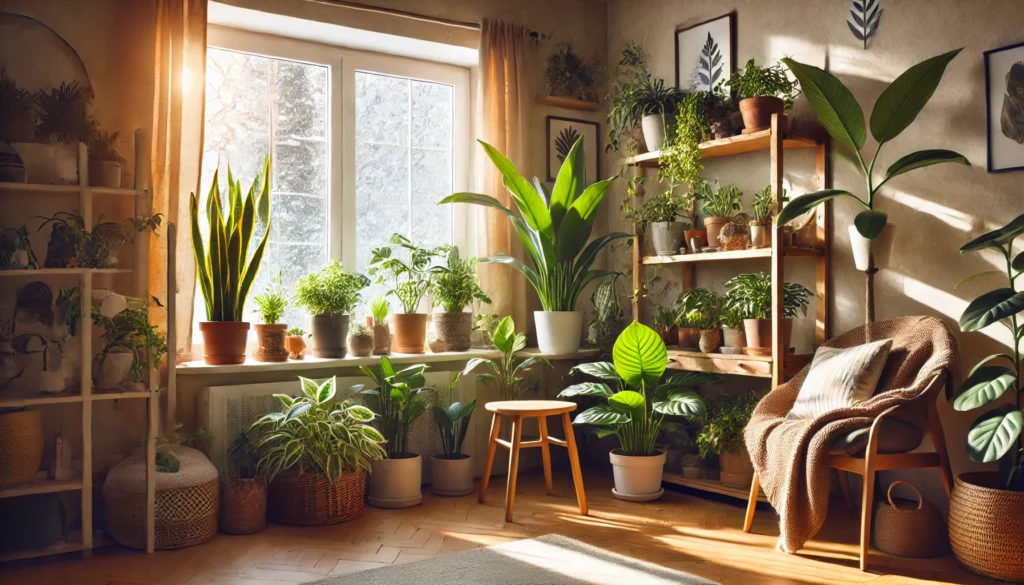As winter approaches, indoor houseplants can brighten up your home, improve air quality, and enhance your mood during the colder months. However, the change in temperature, lower humidity, and reduced sunlight require special care. Whether you are an experienced gardener or just starting, selecting the right houseplants and following expert care tips can ensure your plants thrive through the winter season.
1. Snake Plant (Sansevieria trifasciata)
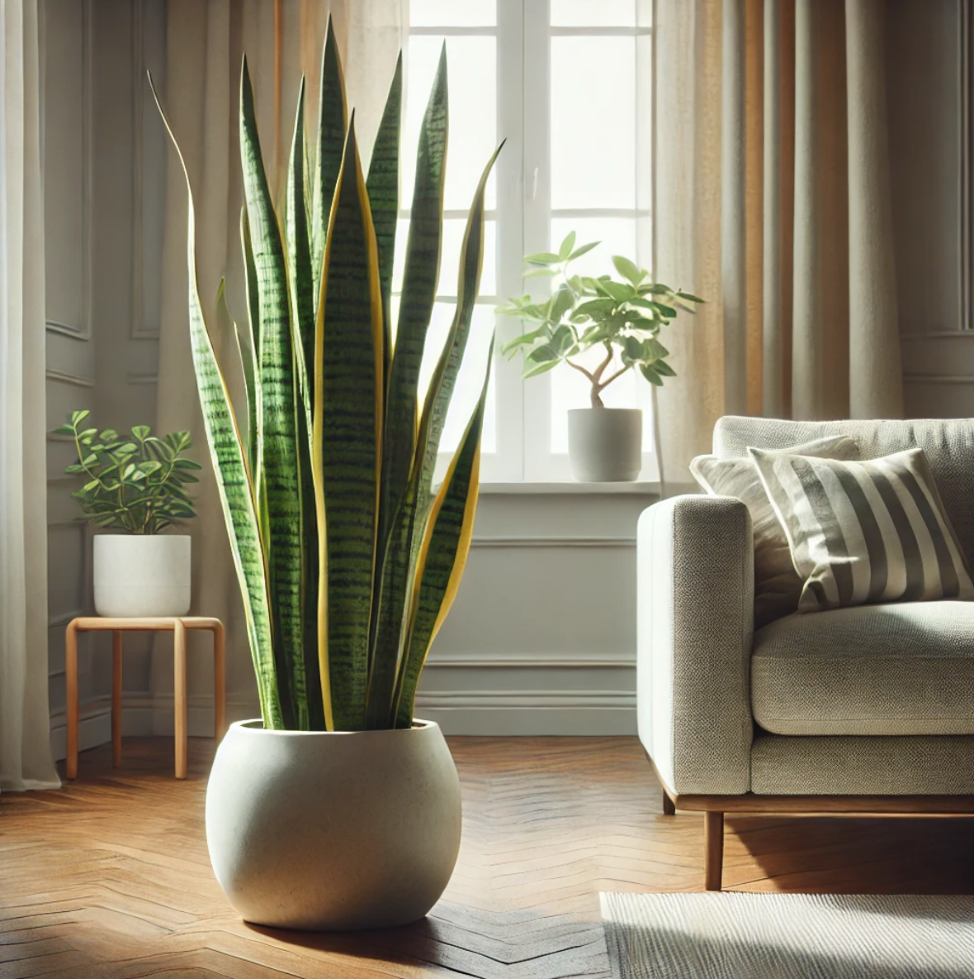
The snake plant, often known as “mother-in-law’s tongue,” is a popular indoor plant due to its resilience and low maintenance requirements. It can tolerate low light levels and infrequent watering, making it ideal for winter care.
- Care Tips: Snake plants prefer dry conditions, so be sure to let the soil dry out between waterings. Since they can thrive in low light, they’re perfect for rooms that get less sunlight in winter. Avoid placing them near cold drafts, as they prefer temperatures above 50°F (10°C).
2. Pothos (Epipremnum aureum)
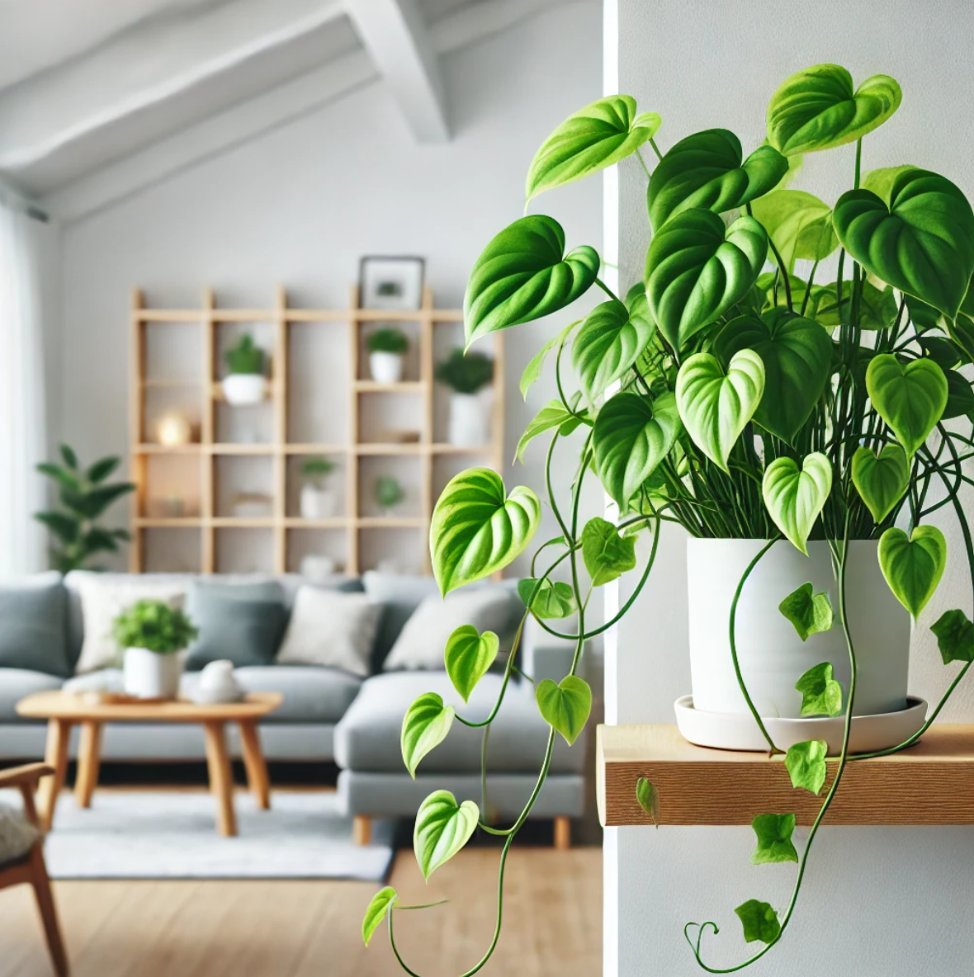
Pothos, also known as devil’s ivy, is a versatile and hardy plant that’s perfect for beginner gardeners. It’s loved for its trailing vines and vibrant, heart-shaped leaves.
- Care Tips: Pothos can handle low-light conditions, making them suitable for winter months when daylight is limited. Water only when the soil feels dry, as overwatering can lead to root rot. Regularly trim back leggy growth to maintain a full, lush appearance.
3. Spider Plant (Chlorophytum comosum)
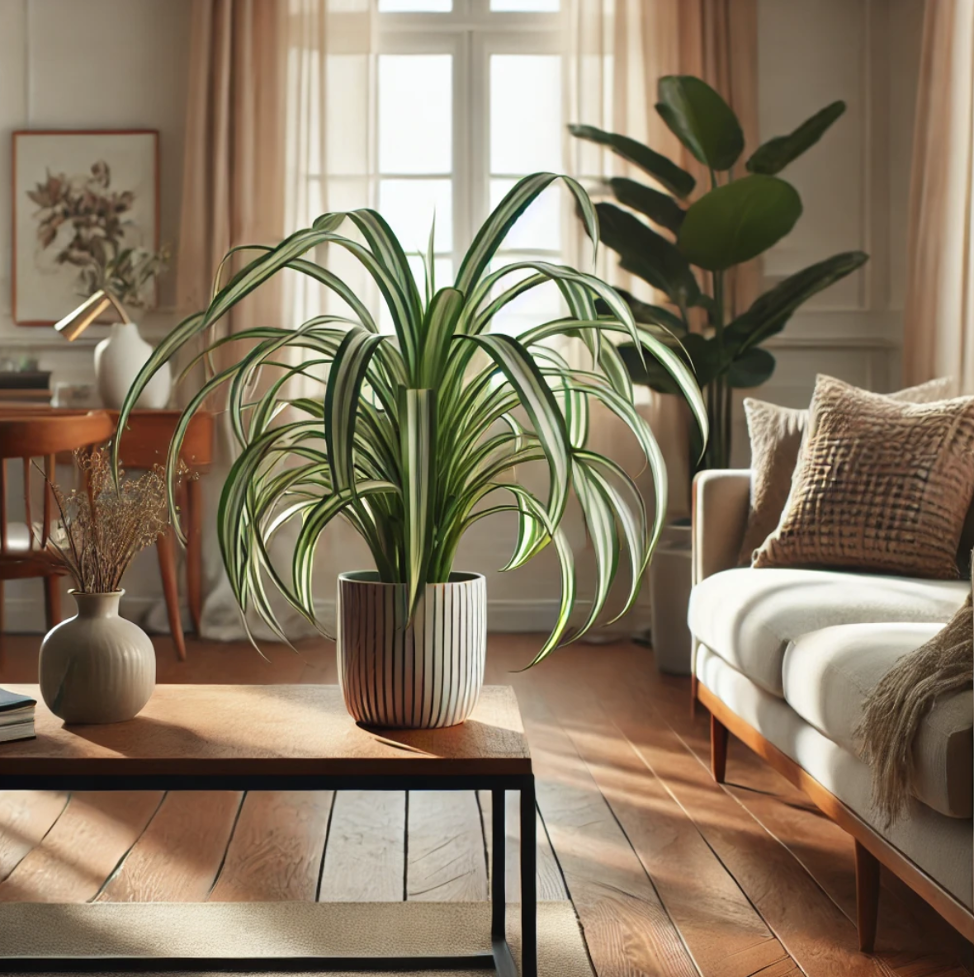
Spider plants are another excellent choice for winter care due to their adaptability to various lighting conditions. Their green, arching leaves add life to any indoor space.
- Care Tips: Spider plants thrive in bright, indirect sunlight, but they can also survive in low-light areas. Water them moderately, allowing the soil to dry out between waterings. Mist the plant occasionally to increase humidity, which is often lower in winter.
4. ZZ Plant (Zamioculcas zamiifolia)

ZZ plants are incredibly tough and low-maintenance, able to withstand periods of drought and low light. Their glossy, dark green leaves add a touch of elegance to any room.
- Care Tips: ZZ plants prefer to be kept on the dry side, so water only when the top few inches of soil are dry. Like snake plants, ZZ plants do well in low-light areas, making them ideal for winter. Keep them away from cold drafts and maintain room temperatures above 60°F (16°C).
5. Peace Lily (Spathiphyllum)
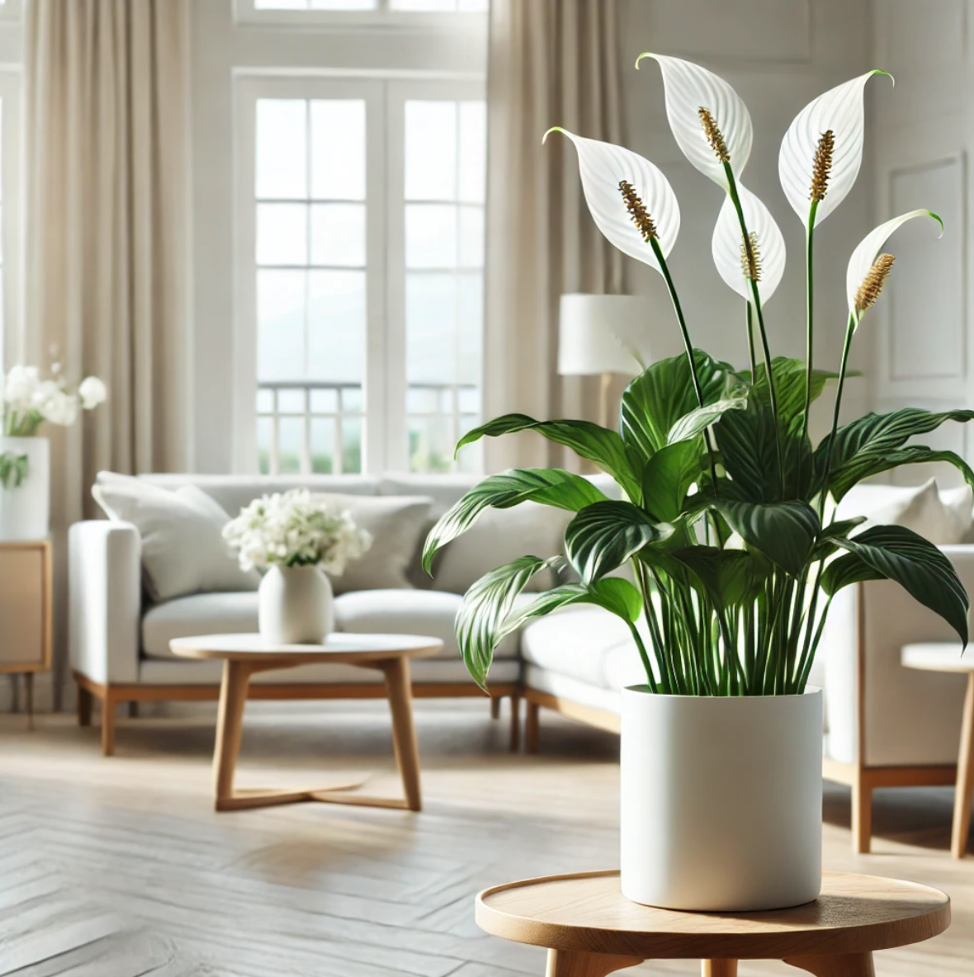
The peace lily is known for its stunning white blooms and air-purifying properties. While slightly more demanding than some other indoor plants, it’s still manageable with proper care.
- Care Tips: Peace lilies prefer low to medium light and should be kept away from direct sunlight. They thrive in moist soil, so ensure consistent watering, but avoid waterlogging the roots. Peace lilies enjoy humidity, so you may need to mist them regularly or use a humidity tray in dry winter environments.
6. Monstera Deliciosa
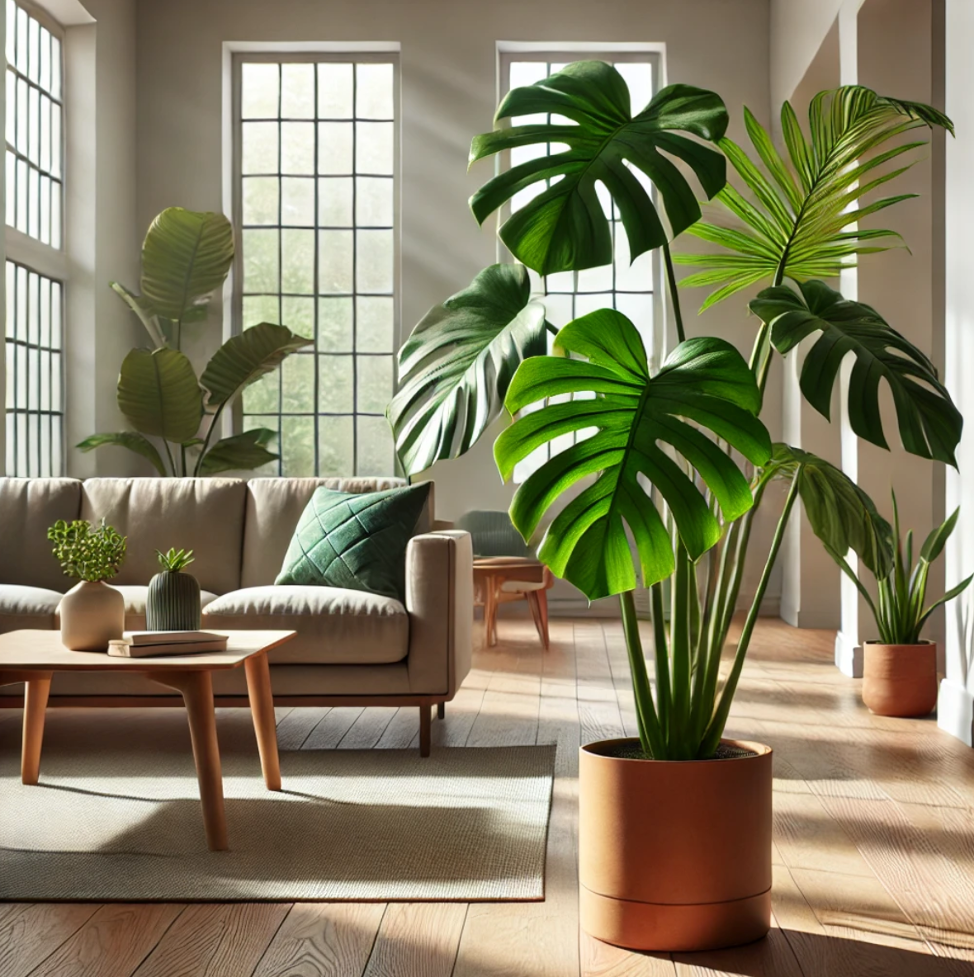
Monstera, also known as the Swiss cheese plant, is a favorite for its large, fenestrated leaves and tropical aesthetic. While Monstera prefers bright, indirect light, it can adapt to lower light conditions in winter.
- Care Tips: Keep the soil consistently moist, but let the top inch dry out between waterings to prevent overwatering. Increase humidity by misting the leaves or placing a humidifier nearby, as dry air from heaters can cause leaf edges to brown.
7. Aloe Vera

Aloe vera is a classic indoor plant known for its healing properties and minimal care requirements. It can thrive even in the cooler, darker months of winter.
- Care Tips: Aloe prefers bright light, so place it near a window with indirect sunlight. Water sparingly, allowing the soil to dry out completely between waterings, as aloe is prone to root rot in wet conditions. Be mindful of cold drafts and maintain a temperature above 55°F (13°C).
Winter Care Tips for Indoor Plants:
- Lighting Adjustments: Most indoor plants require bright, indirect light to thrive. Since daylight hours are shorter in winter, consider placing your plants closer to windows or using grow lights to supplement natural light.
- Humidity: Indoor heating can lead to dry air, which can harm your plants. Misting the leaves, using a humidity tray, or placing a humidifier nearby can help maintain moisture levels.
- Temperature: Keep plants away from cold drafts, radiators, and heaters. Most indoor plants prefer temperatures between 60°F and 75°F (16°C to 24°C).
- Watering: Overwatering is a common mistake in winter. Most plants need less water during the colder months since they grow slower. Always check the soil before watering, and reduce watering frequency if the plant’s growth has slowed.
- Fertilization: Most indoor plants don’t need fertilizer during winter because their growth slows. It’s best to resume feeding in spring when they enter their growing phase again.
Conclusion
Indoor houseplants can bring beauty and warmth to your home during the winter months, but they require some extra attention to thrive in the colder, drier conditions. By selecting hardy plants such as snake plants, pothos, and ZZ plants, and following expert care tips like adjusting watering schedules and maintaining humidity, you can keep your indoor garden flourishing all winter long.

